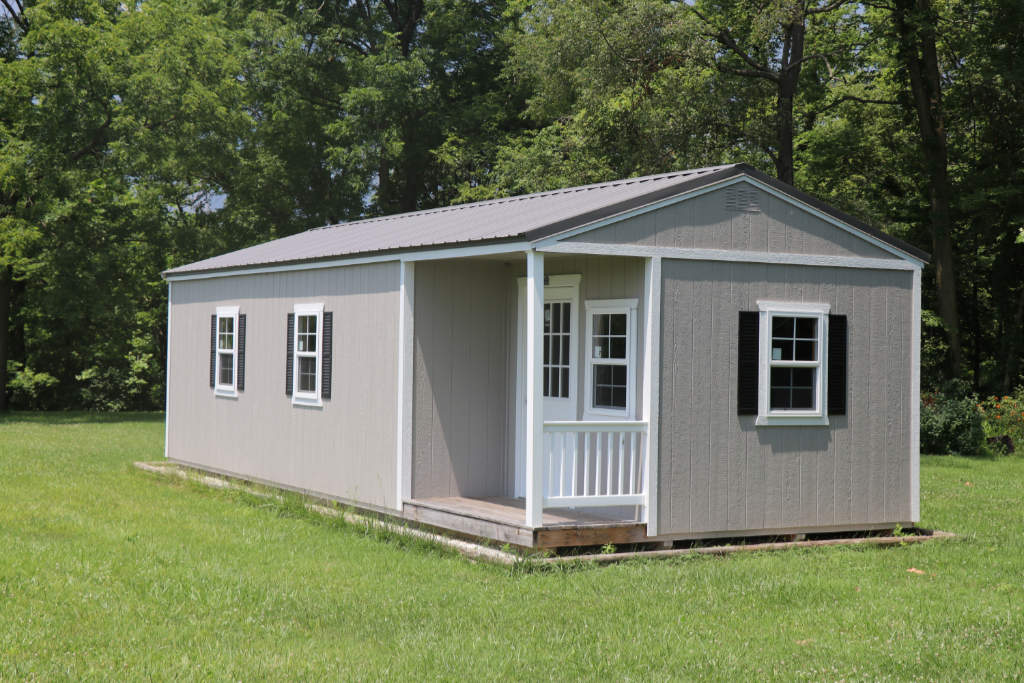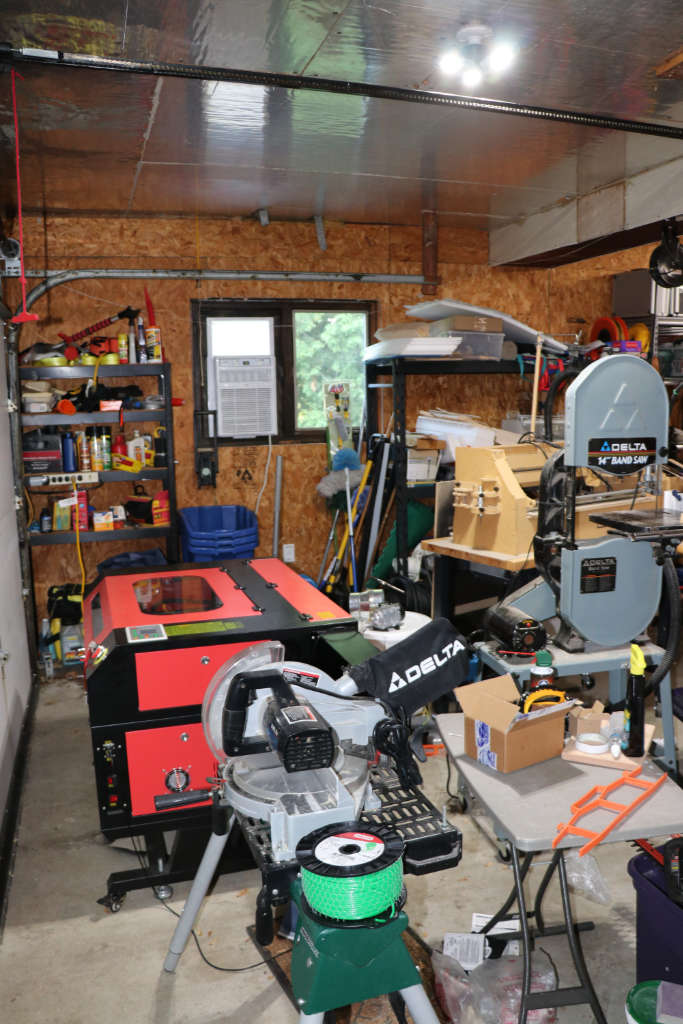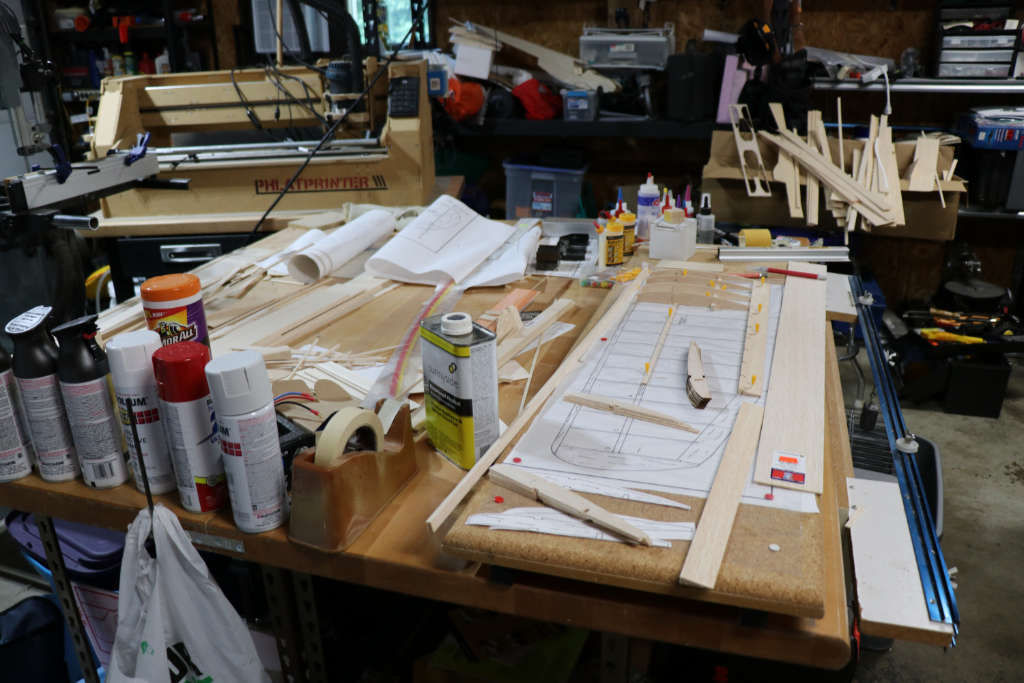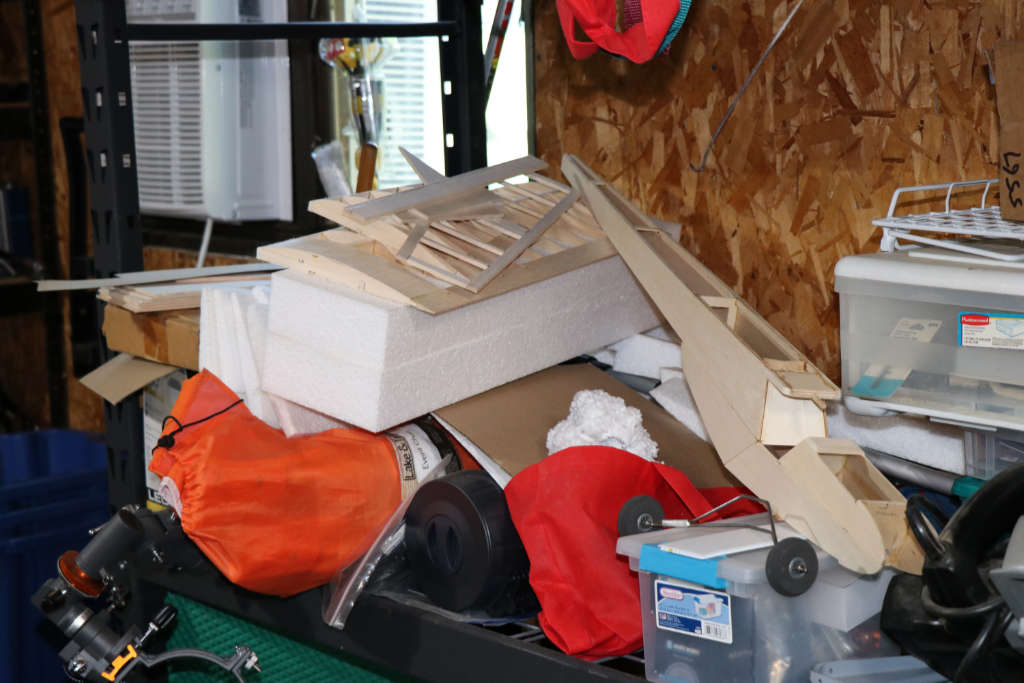In all honesty, it has been a strange journey these last nine years.
Back in 2011, I was struggling to reboot Garrison Aerodrome since my job hunting had not yielded any kind of decent opportunity for me to re-enter the world of corporate engineering.
Now, I am a senior engineer at a world famous heavy machinery manufacturer with significant role responsibilities, a team leader in charge for mentoring the next generation of technology and process experts, and bear the suffix of “subject matter expert” in a critical area of core technology in my e-mail signature line.
This has come at the cost of a relocation away from Fort Wayne and the LOFT flying group where I “grew up” in soaring. It has also directly affected the access I have to casual flying since I did not really have time to chase after the local club and find out what kind of opportunities there were.
I started trying to get back into models and model design in 2017 after I found out that one of my managers at work was also a sailplane guy (albeit more into ALES, which is where things have gone now.) Unfortunately, space was a concern, and then my wife decided we were moving to the country.
In 2018, therefore, we ended up buying a 10 acre tract of land in the neighboring county. As part of the deal, I finagled a 14×32 foot “shed” to be designated exclusively for model airplane use. My plan was to finish it out inside and move all of my models, CNC tools, and other required woodworking equipment into it to have my own little airplane cave to do as I please.

It is now 2020 and the shed is full of mostly airplane stuff, completely unorganized, and is also home to the fallout from Ray Hayes passing.
What work I am doing on airplanes is based, once again, out of the attached garage of our house. I have added a Laser cutter, refurbished my Phlatprinter and, true to form, taken on more than I really have time for.

And the shop’s a wreck. Completely unorganized and pain to work in. And my wife still parks her car outside with mine.
On the plus side, I do have air conditioning. Now heat, well, let us see what happens in the Fall.

I did try and get some Push-E Cat V5 kits put together last year, but I ran into a hiccup trying to find a long-term replacement motor and rational mounting paradigm for what I did find.
Plus writing the instructions. I started and suddenly realized I was writing a book about building EPP models instead of instructions for building a particular EPP model.
I also realized that the market (hobby) is not at the same place it was in 1998-2002. The hobby changes continuously and the addition of LiPo batteries and brushless motors was a sea-change that the V4 Push-E benefited from initially. Then things moved on and that particular hardware combo went obsolescent.
From this, I have concluded that counting on China to provide a reliable long term motor solution is a fool’s game. Thing is, model airplane people can be really stingy and Chinese slave-labor produced model airplane bits are very, very cheap.
In any event, posting to this blog is actually my way of setting and meeting goals that will help me bring the Garrison Aerodrome models back to life as well as drive project-based content for general model community enjoyment.
The truth is that if concrete goals and objectives are not set, things really do tend to not get done. This reality bridges both professional and private life.
The biggest goal revolves around the Push-E Cat. My belief is that there continues to be a need for a truly robust beginner/sport motor sailplane, which can be seen by the various similar platform follow-on designs pumped out by our Asian “friends” for mass consumption in the USA.
The effort to resurrect the ‘Cat, though, requires me to get other ducks in a row. For example, I need to make an effort to clean and organize my temporary shop environment so that I am safe and not tripping over things – or having to move three projects out of the way to work on one.
Beyond the Push-E Cat are other things. In the picture of my current build table, you can see bits and pieces of a new build of an old design: a Miss Priss. The reason it is there is because I was bored and let myself take on a new project instead of finishing what was already underway.

Weirdly, though, the Miss Priss fits into a thought pattern for a bigger content delivery for this blog and modelers overall. It is related to many other models, but directly in my mind to the Push-E Cat, the Cox EZBee, the Craft Air Piece ‘O Cake, the Craft Air/Great Planes Butterfly, and the Airtronics Monarch.

Every one of those planes is a motorized sailplane of one definition or another, in a fairly easy to build form. The only difference between them and the Push-E Cat is materials and the fact that the Push-E is a pusher prop, obviously. All the rest (except the beer-cooler EZBee) are tractor prop balsa jobs, and that us a-okay. As for the Miss Priss, it was one of the earliest and simplest examples I could find that generally matched the overall concept, so I decided to start there.
There are a few key points here that bind them all together. First is simplicity. All of these models were not huge technological challenges and the EZBee was actually an early RTF. Second is the fact that they all have some form of sailplane wing planform, even the Miss Priss which actually meets the requirements for a LAR sailplane. This is important because this type of planform, as presented, is inherently stable with a mild mannered stall if properly designed, and a speed envelope well within the reaction time of a beginner. None of these planes feature ailerons, either. The three most complex, the Push-E Cat, the Miss Priss, and the Butterfly, add a throttle function. That’s it.
The other key factor is fun. I have not flown the Miss Priss yet, but I expect an experience similar to the Push-E Cat and my occasionally-lamented deceased Piece ‘O Cake: gentle, relaxing, and encouraging to fly. A model that eases you into testing its limits with each successful landing and the expectation that you will be right back up again as soon as you put in a fresh pack or top off the tank and get the motor started again.
That is something that kind of grew out of my investigation into the availability of classic airplane plans on the Outer Zone web site. Which, in and of itself, began when I was looking for plans for the Lou Andrews Big H-Ray in order to restore my first trainer.
I could sit here and enunciate all of my projects…restoring the Big H-Ray, rebuilding the Oly II that needed some TLC and recovering, rebuilding the Sailare my brother-in-law trashed, finishing the Wind Weasel and the Sophisticated Lady I began years ago, trying my hand at FF models for the first time since I was a wee lad, and on and on…but that’s really kind of meaningless.
The truth is (and successful people know this, unlike me), you have to stick with a project until it is completed in order to actually accomplish anything and an integral part of that is having some sort of plan on how you are going to get from point A to point Z. All I have been doing is flapping in the breeze, so to speak, “project” to “project”, accomplishing nothing but removing value from bulk materials.
The planning and working to action items to achieve project closure core to my work-a-day world but, for some flimsy reason, horribly hard to apply to private life and hobbies.
So, to start with, I am going to focus on what really needs done: I’m going to clean my shop. Get to the point where I am not in mortal danger every time I go out there and it is easier to sweep. After that, I am going to finish out the Miss Priss so that I have space and focus to finish my work on the Push-E Cat V5.
After that, I will pick a project and share it here, both to entertain and to keep me focused and working things from A to Z.
